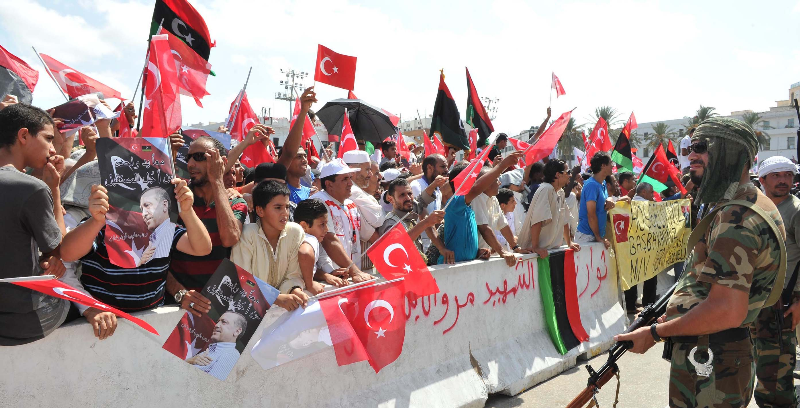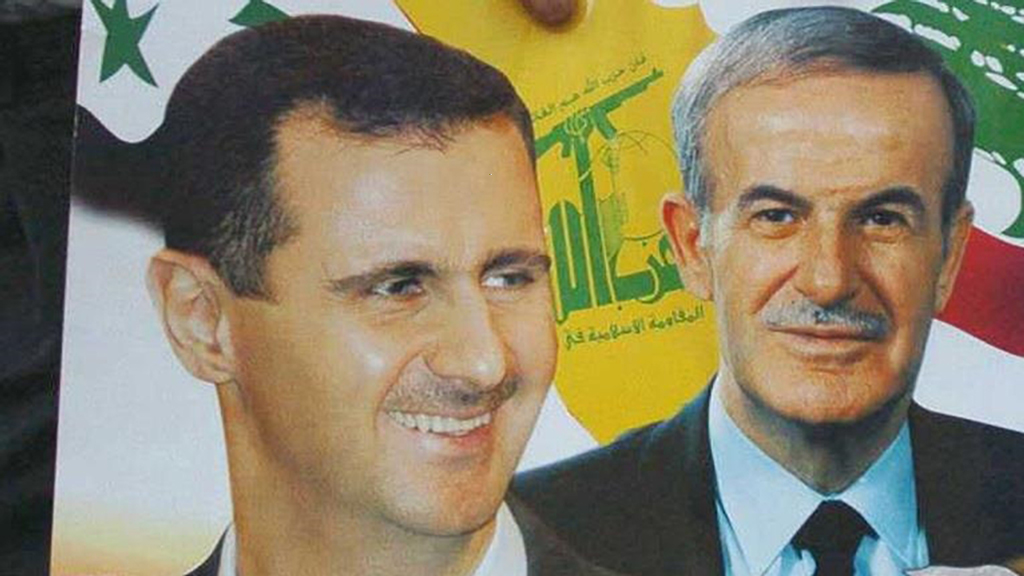In 2005, “hitnatkut” (withdrawal) was probably the most widely used word in Israel. Ariel Sharon's initiative to unilaterally withdraw from the Gaza Strip that year sparked much controversy and Israeli society was divided into clear and visible lines between opponents and proponents of the withdrawal.
The proponents of withdrawal, who wore blue ribbons around their wrists to show their stance, argued that Gaza is a military burden and lacks both strategic and biblical value for Israel. The city, in which a small number of illegal Jewish settlers dwell within the sea of Palestinians, can be forsaken for the common good of Israel. Their opponents, who wore orange ribbons, however reacted angrily against the initiative, which in their mind is treachery to Jewish heritage and strategically misled concession to Palestinian “violence.”
The withdrawal seemed to be an achievement of the Palestinians and a positive step towards peace by the Israelis. However, like many other chapters of the Israeli-Palestinian conflict, the withdrawal from Gaza also barred us from coming to hasty conclusions. Some political pundits, including the author who penned this article, adopted a bi-partisan opinion to the withdrawal. Blue was to be supported simply because Gaza belongs to the Palestinians and orange was also right to a degree to question the withdrawal, not in the romantic sense of belonging to a piece of land which actually belongs to others. The orange-blues argued that Israel should withdraw from the Gaza Strip, like all other Palestinian land that they have been effectively occupying for years, however, one should also understand that Israel would not simply withdraw without having a strategic calculation behind it. Their withdrawal from Sinai, for example, was a strategic move to get a Trojan horse in the Arab world. Their pseudo-withdrawal from certain parts of the West Bank was planned to strengthen Israeli oversight in other parts of the West Bank where illegal Jewish settlers reside in large numbers. The “hitnatkut” actually created as planned a new Gaza, which is an isolated town, home to the radical elements of Palestinian society and free of Jewish residents who used to be a security gap to cover for Israel. In other words, Israel left Gaza knowing that Hamas would take over. Military and police operations in the West Bank, which hunted down militant cells, also helped to create a new Gaza which became the sole base of the Palestinian armed resistance against Israel. Gaza therefore, became the Palestinian ghetto where usual suspects reside and where Israel could target and kill those usual suspects altogether in one place as they did in the Gaza War of 2008, known as Operation Cast Lead in Israel. In other words, I would speculate, the Operation Cast Lead was decided even before the withdrawal from Gaza to isolate and destroy Palestinian armed resistance.
Israeli strategic thinking still retains same properties, and the latest prisoner swap between Israel and Hamas is no exception to this thinking. Although one would argue that freeing a captured Jew from the hands of gentiles is a “mitzvah” (divine order) for the Jews (a “pinyod shvuyim”), there must still be more that Israeli decision-makers take as motivation.
The timing of the swap is telling. In a time when Palestinian legitimacy and Israeli isolation have been increasing due to efforts revolving around Palestine's statehood bid at the UN, Israel took strategic steps to demonstrate to the world that Israel can make critical decisions when needed and be a partner for peace. Israel, at the same time, found ways to address to the Egyptian decision-makers, which it rightfully fears losing in toto, and demonstrate to them that Israel still values cooperation with them. Israel aimed to give full credit to Egypt in the prisoner's swap and increase Egypt's leverage over Hamas.
Time will show what Israel had in mind before t









